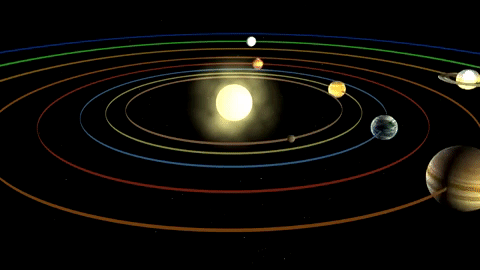Pi & extraterrestrial life
Photo: Greg Rakozy / Unsplash.com
♫ Is there a place among the stars where I can go?
The Dutch pop group Het Goede Doel was already singing about it in 1982: Is there a place between the stars where I can go? They got to the topic early, because only ten years later the first exoplanet was discovered. Exoplanets are planets that orbit stars other than our own star the sun. In our galaxy, the number of stars is estimated between 100 and 200 billion stars! So there are an awful lot of exoplanets in the universe. The question is: Does one of these planets resemble our own planet, Earth?
Photo: The New York Public Library / Unsplash.com
Our planet is mostly composed of water and so are all living organisms on Earth including humans. So for life to arise, liquid water must be present on an exoplanet. Scientists can calculate whether this is the case using the constant π.
Source: Erik A. Petigura / Space.com
As you know, water freezes below 0 °C and evaporates at 100 °C. So a planet cannot be too far away from the star but not too close to it either. For each star there is a certain zone, the Habitable Zone, in which the temperature for liquid water on the planet is just right. In the picture above this is the green zone.
Source: SolarSystemVideos
When a planet is discovered, it is therefore necessary to calculate the distance between the planet and the star. In the animation above, you see that planets orbit around the star. Scientists therefore want to know the radius of that orbit so that the distance from the star can be determined. This radius (r) follows from Kepler's third law which uses the constant π:

In this formula, G is Newton's Gravitational Constant, M is the mass of the star, m is the mass of the planet, and P is the time in which the planet has completed one orbit around the star (period). Click here for more information.
Now that the radius of the orbit around the star is known, the distance to the star can be determined. You can calculate this by subtracting the radius of the star from the radius of the orbit.
It is now possible to see if the distance falls within the boundaries of the green "Habitable Zone." When this is the case, liquid water may exist on that planet. Scientists can now further investigate whether it is possible for organisms to arise on this planet. The field that studies these problems is called Astrobiology. It brings together various disciplines such as biology, astronomy, physics and chemistry.





